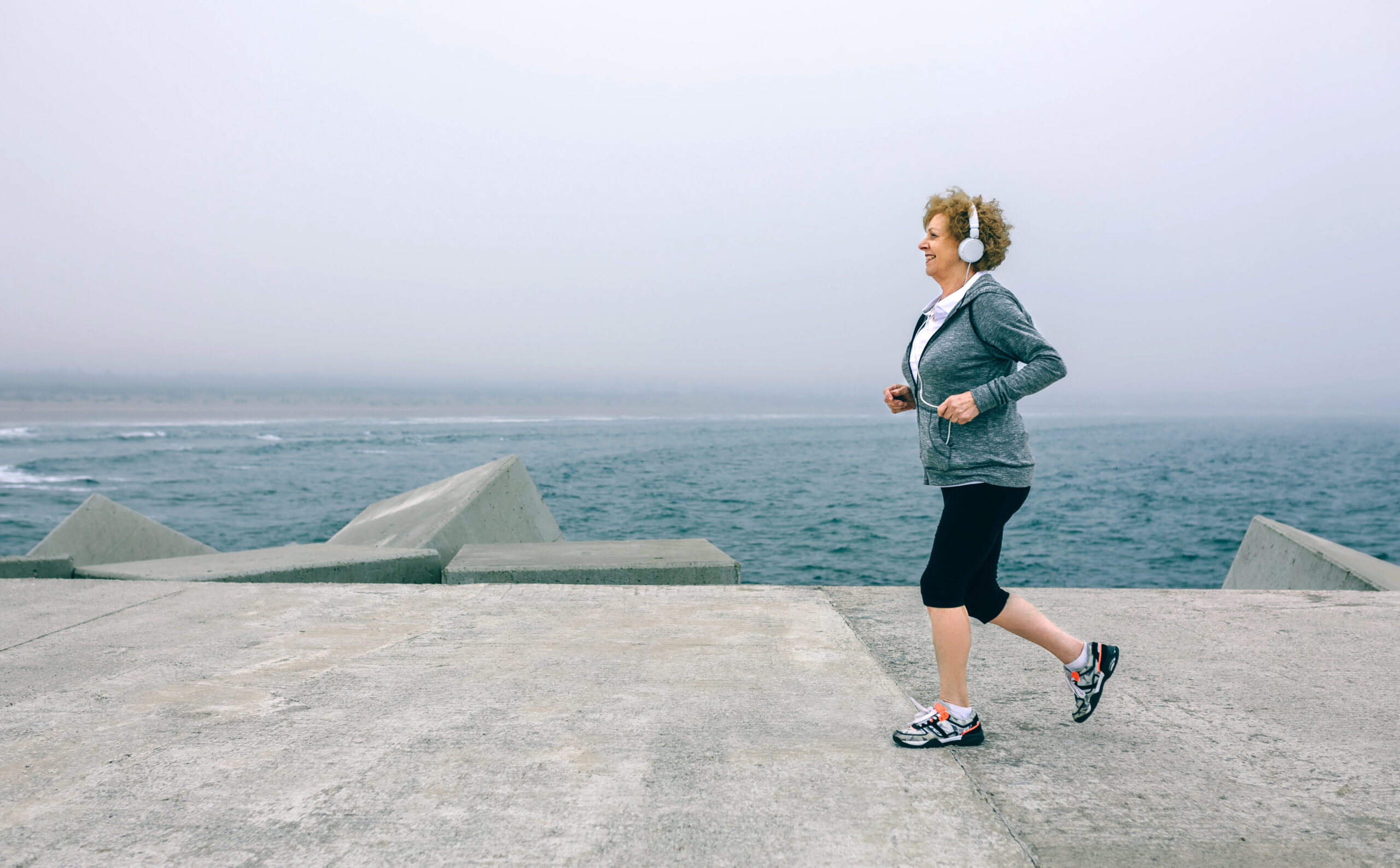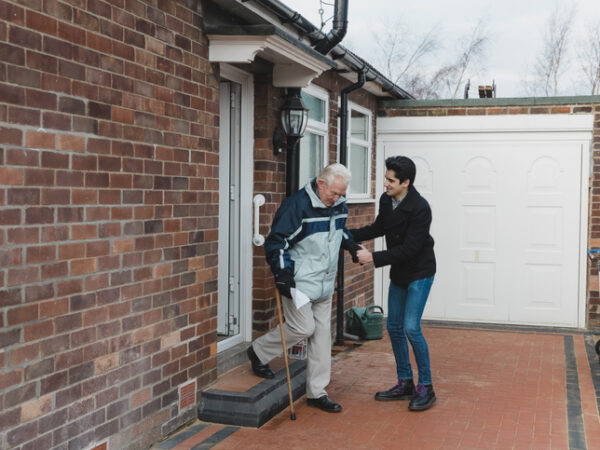Body hacking, not the movement in which people implant microchips or other technologies into their bodies, but the hacks that can slow aging are gaining the attention of researchers around the world.
According to a recent alumni talk by human biologist Anne Friedlander at Stanford University, exercise physiology can be used to slow aging and optimize health. By studying how the body changes in different environments and understanding the physiology, older adults can learn to make better choices that can significantly improve their health.
Bio-hacking may be a more apt title for the talk that focuses on bringing movement back into our lives in a time when we have engineered daily activity out of our lives. From too much screen time, driving everywhere or doing all our shopping online, Friedlander observes that we as a society have compartmentalized exercise into gyms. But how many of us make time in our lives to regularly go to the gym and what are the activities that offer the most “bang for your buck” in terms of aging well?
Physical activity is proven to lower rates of physical decline, disease and cognitive deficits allowing seniors to function better in older age. But despite this knowledge, only about 20 per cent of Americans reach the recommended goal of 150 minutes of activity each week.
Hacks to return exercise to your life for successful aging:
- HIT (high intensity interval training); short bursts of intense activity (cycling, treadmill, swimming) followed by rest offers big health and fitness benefits.
- Strength (resistance) training helps maintain function, higher bone density, a better body weight and a longer life. Lifting to “failure” is more important than weight and one set may be sufficient. (15 mins).
- Avoid sedentary behavior – health improves dramatically when a sedentary person becomes even a little active; just 30 minutes of walking, gardening, cycling or swimming per week in five or ten minutes intervals can be beneficial.
- Lower hours spent sitting – less time spent sitting decreases risk for death. Interrupt time sitting; get up and move every hour. Try sitting on a ball or use a standing desk while working, take phone calls standing up, walk after every meal, get up during ads while watching tv.
Maintaining function and independence in older age and increasing longevity is directly related to the amount of physical activity performed. Brain activity is also increased following physical activity which may protect the aging brain against cognitive decline. If there is a fountain of youth, it’s exercise and whether you are just getting up off the couch for a short walk around the block or running marathons, all evidence points to movement as the best prescription we have for aging successfully.
To watch the full talk on youtube follow this link.
As with any new exercise or diet program, check with your doctor about the safety and long-term benefits and risks associated with any of the suggested activities.






Add Your Voice
0 Comments
Join the Discussion